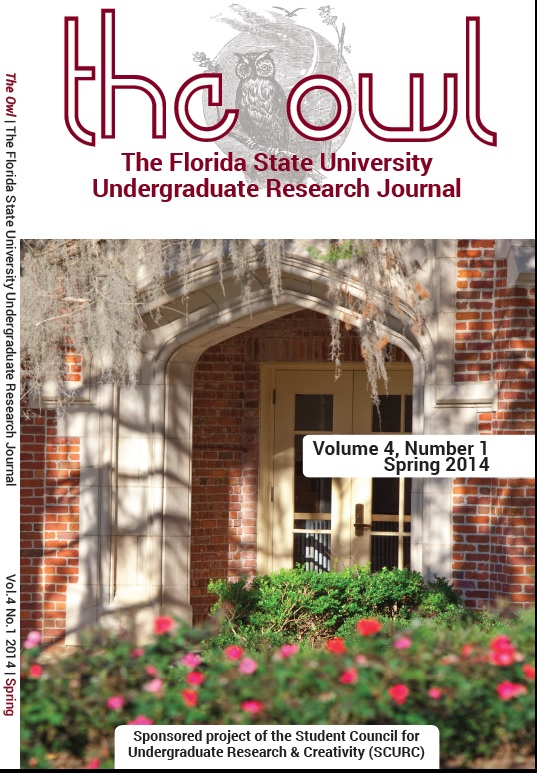Variation in size and abundance of Caribbean spiny lobster (Panulirus argus) with change in hardbottom habitat
Keywords:
habitat change, spiny lobster, Caribbean ecology, Florida BayAbstract
The specific characteristics that make a habitat suitable for an organism vary both between species and between life stages within a single species. Hardbottom habitats in Florida Bay are known as nurseries for a number of commercially and ecologically important species. In this study, we focused on the Caribbean spiny lobster (Panulirus argus) and the hardbottom habitats found north of the island of Marathon. We characterized these habitats based on benthic cover (e.g., algae, seagrass) and density of lobster refuge (e.g., coral, sponges, octocorals, solution holes, rocky ledges) to determine how specific habitat characteristics affect lobster abundance and size. We conducted nine benthic surveys and three lobster surveys at each of the three different sites. Dominant benthic cover varied from site to site, as well as the abundance of benthic structures utilized by lobsters. Sponges were the dominant structure type at all sites; however, despite the availability of sponges, corals were the most important habitat type for lobsters. Lobster abundance was statistically equivalent among the three sites, while mean lobster size differed between the sites. We also found an ontogenetic shift in shelter preference: post-larval and juvenile lobsters preferred coral heads, whereas sub-adult and adult lobsters preferentially occupied solution holes and rocky ledges. This study yields classification of benthic habitats within Florida Bay and reveals spiny lobster preference patterns for particular structures and contributes to the overall understanding of the complex life cycle of an economically important fishery species.Downloads
Published
2014-03-01
Issue
Section
Research Articles
License
All works published in The Owl are published under a Creative Commons Attribution, Non-Commercial, Share-Alike (CC-BY-NC-SA) license. The author retains copyright.

